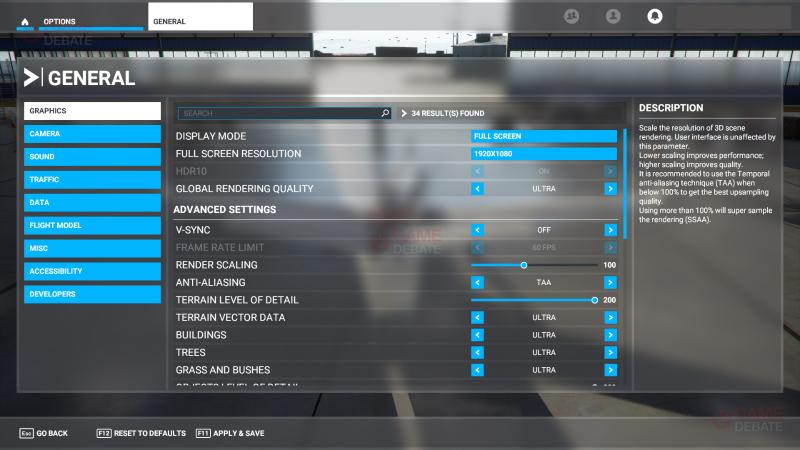 Csantucci, on 15 July 2021 - 12:28 PM, said:
Csantucci, on 15 July 2021 - 12:28 PM, said:
Thanks for this, Carlo. Perhaps I will set the option to true and remove it (just from the Unstable version) and see if that causes any problems to anyone.
 roeter, on 16 July 2021 - 01:12 AM, said:
roeter, on 16 July 2021 - 01:12 AM, said:
I agree with you about this (and with Peter's argument too). I'll take it up with James as I remember he had reservations.
 roeter, on 16 July 2021 - 01:55 AM, said:
roeter, on 16 July 2021 - 01:55 AM, said:
However, I feel that the structure of the menu is just as important an issue. A proper menu structure will help to understand the scope of options, and will also help to understand the relation between these options.. . .
So I would like to suggest the following options tabs:
You are ahead of me, Rob. I want to drop the Experimental tab too, and also the Updater tab could be replaced by a drop-down selection. I have some ideas about the categories too, so perhaps we can visit this again once we've explored all the individual controls.
 roeter, on 16 July 2021 - 01:55 AM, said:
roeter, on 16 July 2021 - 01:55 AM, said:
Very nice. That arrangement would save us all time and trouble.
Moving on then to the next control:

The Manual has "When the option is checked, in cases where multiple instances of the same object have to be drawn, only a single draw call is sent to the GPU. This means lower CPU load. It is suggested to always check this option."
Does anyone know whether this control is still needed? Could it be like the Fast Alt Tab - always active and removed from these options?

 Log In
Log In Register Now!
Register Now! Help
Help











